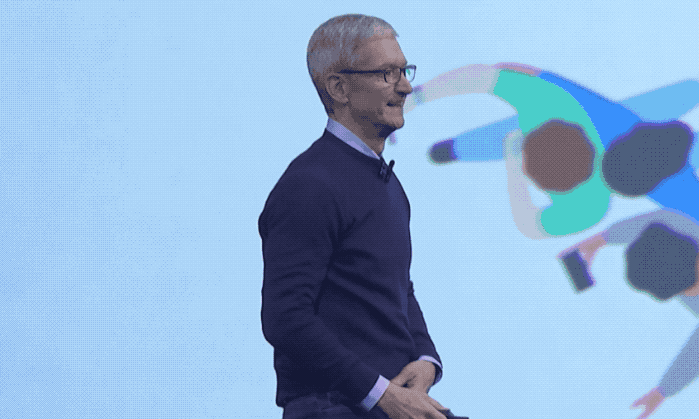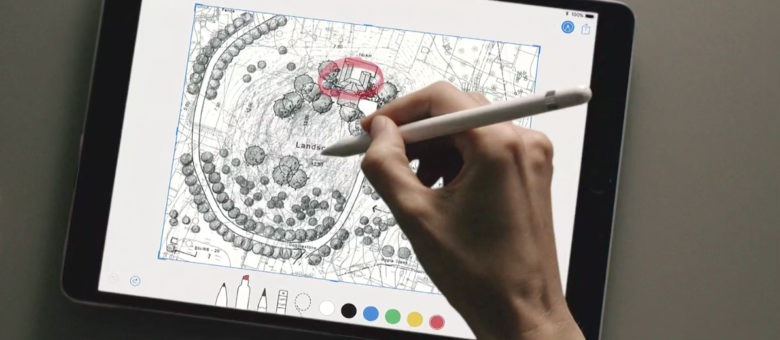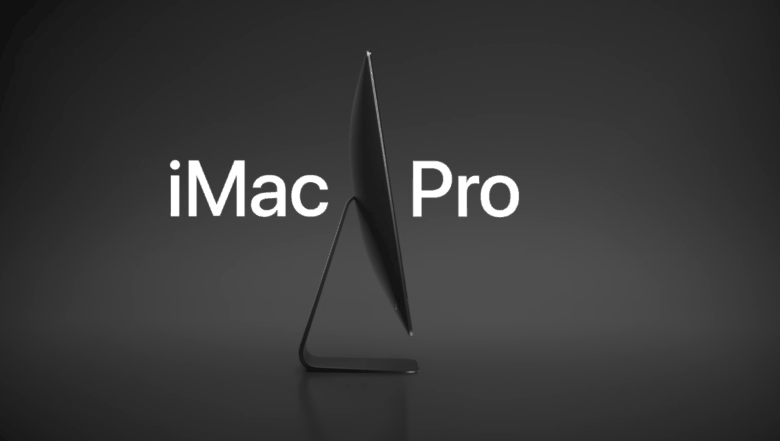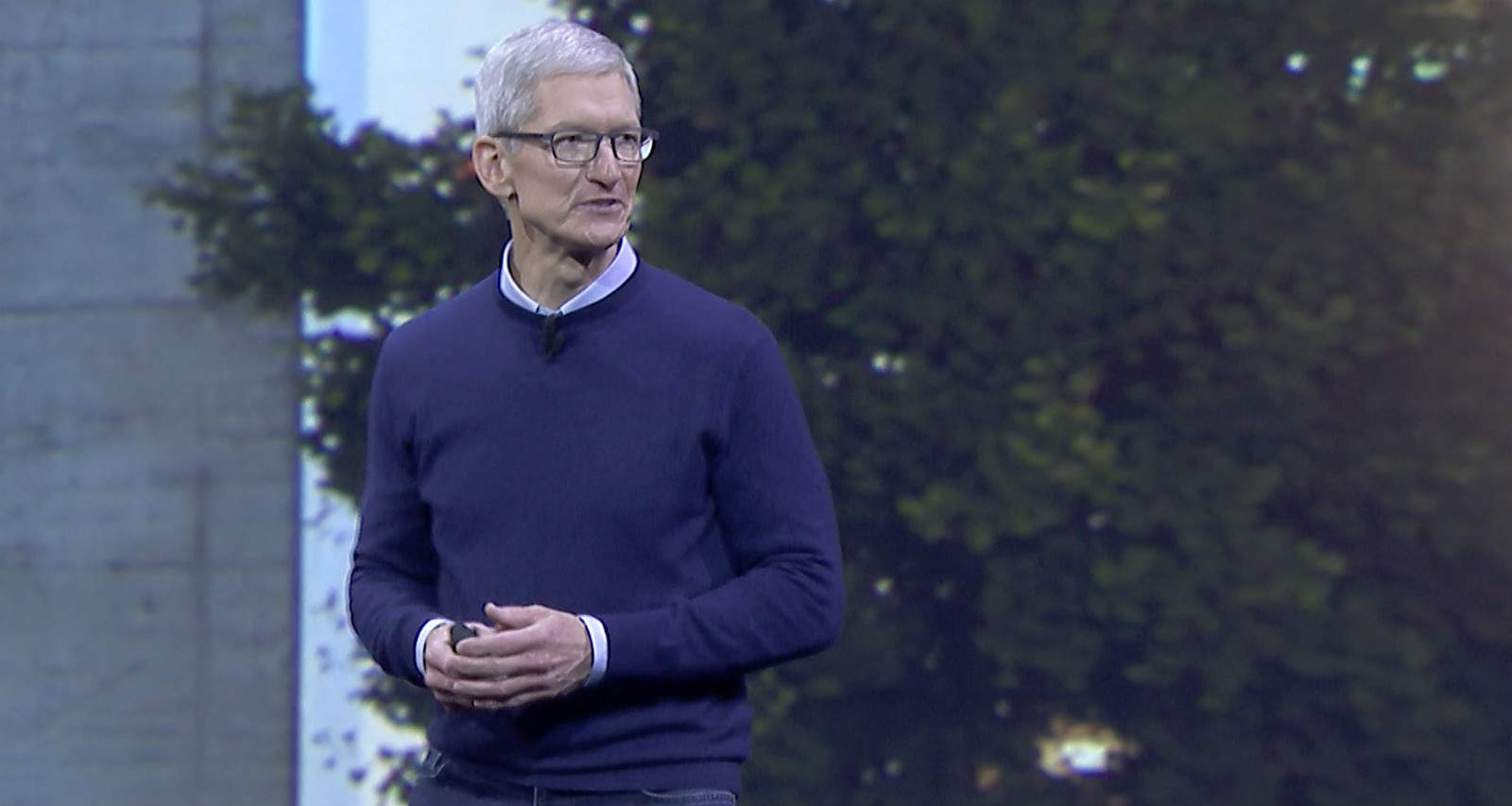Over the last year or so, you could be forgiven for thinking Apple has been dickering about. The company seemed sluggish and slow.
Yeah, there have been a few hardware upgrades, but nothing special, and certainly nothing breakthrough.
And then today! Bam! A jam-packed WWDC keynote with a slew of amazing-looking new hardware and software.
Apple is back, in a big way!

Even though expectations were high for today’s keynote, I don’t think many people were prepared for the sheer volume of new stuff Apple showed off at the Worldwide Developers Conference kickoff.
Running for a marathon two-and-a-half hours, the updates kept coming and coming. It was hard to catch a breath. There were only only a couple of breaks for in-depth demos.
The keynote was so frenzied, Tim Cook and the other presenters were running on and off the stage.
Everything they showed off seemed strong and promising. Several times I marveled to myself, “Holy crap, they’ve been working like crazy behind the scenes.”
As well as nearly a dozen hardware upgrades — no mean feat in any year — Apple unveiled a huge stack of updates to its software platforms.
Apple is a very big, very powerful corporation
Apple puts on a smiley face for the public, so it’s not often you get to see how big and powerful the company really is. Today’s keynote was a muscular and confident performance that clearly showed Cupertino’s power and reach.
Apple brings so many resources to bear that a minor update to Apple Watch’s Activity app includes a major overhaul of one just feature — the swimming workout — that allows the wearable to automatically determine swimming stroke and distinguish between sets in the pool.
Apple didn’t say so explicitly, but it must have been a lot of work by a sizable team of people. And yet it was just a very, very small part of what the company showed off today.
If you stop and think about it, this is mind-boggling. Apple commands huge resources at its disposal. And it’s not even talking about its major efforts, like Project Titan (its self-driving car initiative) or glucose monitoring in the Apple Watch. It must make smaller companies like Fitbit — or even big companies like Google — very nervous. How can they possibly compete?
Tim Cook’s demeanor reflected Apple’s serious swagger. He appeared confident and relaxed — in contrast to some of his wooden and nervous performances in the past. He’s so poised, he even dispensed with the self-congratulatory company updates that kicked off every keynote for decades.
Apple’s doing just fine, he said, to a big laugh.
As Apple prepares to move into its giant new headquarters — as explicit a symbol as could be — the company is more powerful and self-assured than ever before.
Final WWDC 2017 keynote observations

Photo: Apple
Apple Pencil is central to the iPad
Steve Jobs must be having fits. It’s clear from the keynote that the Apple Pencil is central to the iPad workflow, at least for pros.
Updates in iOS 11 make the iPad workflow much more Pencil-centric. Jobs notably said if you see a stylus, they blew it. But the new iPad Pro is a stylus-driven device when getting work done.
In demos and a promo video for the new iPad Pro, the pencil landed front and center. Handwriting recognition coming to the Notes app will making handwritten notes searchable. This big productivity boost makes scribbling on the iPad a powerful input method.
Another demo — intended to show off the iPad’s graphics capabilities — instead revealed that the Pencil remains central to tasks like making a movie poster.
AI is eating software
Machine learning fuels many of the major new features in macOS High Sierra and iOS 11. Machine learning is the Silicon Valley buzzword du jour, but today’s keynote showed how deeply it’s being baked into Apple’s software.
From the new Siri smart watch face on the Apple Watch to dynamic tuning of the sound output of the new HomePod speaker, machine learning will be central to the computing experience.
While introducing a new Core ML application programming interface, which opens up machine learning capabilities to developers to use in their apps, Apple software chief Craig Federighi rattled off a few of the places ML is currently used: face tracking and face recognition in Photos, palm detection while using the Pencil on iPad, and handwriting recognition in Notes (among many, many more). The new API will open up machine learning possibilities to even more uses.
There’s a famous saying that software is eating the world. It’s clear that AI is eating software. Machine learning is creeping into everything.
Getting Sherlocked
WWDC keynotes are great for Apple’s customers, but they remain nerve-wracking experiences for iOS and Mac developers. While consumers cheer every update and new feature, some coders see their worlds crashing down.
Take Sonos, which just got “Sherlocked” big time. If it was a publicly traded company, Sonos’ stock would be tanking right now. Apple didn’t even pretend it wasn’t gunning for Sonos, describing the HomePod speaker as a fusion of Sonos’ great sound with the smarts of Amazon’s Alexa.
Of course, you can attach an Amazon Echo Dot to a Sonos speaker and approximate the HomePod, but the integration of hardware and Apple’s services will make HomePod a leading contender for Apple customers.
There’s also Readdle, the Ukrainian app maker, which publishes a highly regarded scanning app. The company just saw Apple add scanning capabilities to the stock iOS Notes application, which must make Readdle gulp.
Readdle’s dedicated apps provide more features and will likely stay ahead of Apple — but it’s a tough sell when your product’s core feature gets built into a default app.
iMac Pro looks like a caged monster

Photo: Apple
The iMac Pro does indeed look badass, but it seems to suffer the same drawback that made the trashcan Mac Pro unpopular — it’s impossible to do simple hardware upgrades. The lack of upgrades from Apple, and the inability of customers to perform their own, doomed the Mac Pro.
I might be wrong — maybe it will be possible to upgrade the iMac Pro’s CPU or graphics card. But it seems unlikely given the iMac’s form factor, which is the same as the current machines, which are not upgradeable.
Perhaps the addition of USB-C mitigates the problem somewhat, but the one thing pro users want is cutting-edge performance. The easiest way to get this is to make Pro machines modular and easily upgradeable. Sadly, it seems Apple still hasn’t heeded this lesson.
Still too few women and people of color
There were a fair selection of women onstage at the WWDC 2017 keynote today, although they got relegated to secondary presenter roles. Middle-age white men still dominate Apple’s executive ranks.
Apple recently named Denise Young Smith as VP of diversity and inclusion. However, the absence of Bozoma Saint John, a high-profile black female executive and a star of previous keynotes — who is reportedly leaving Apple for reasons unknown — shows that the company still has a long way to go on this front.


